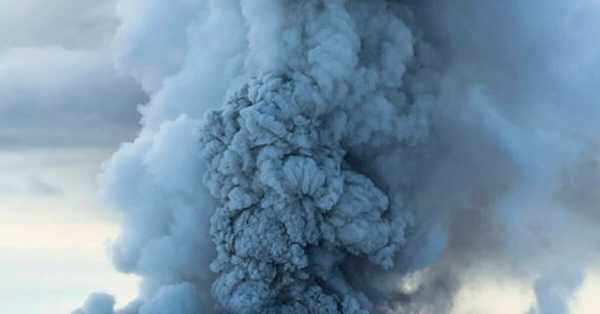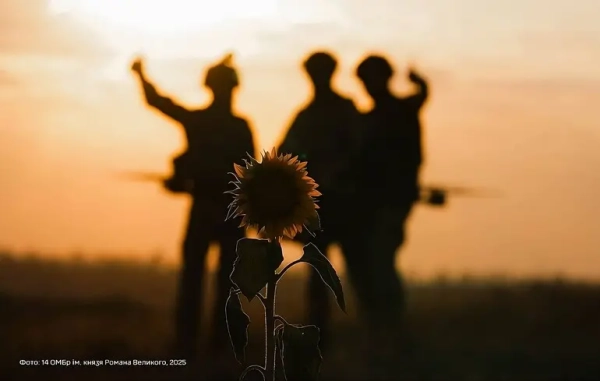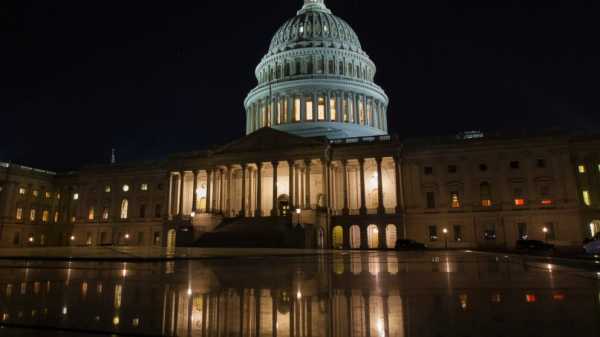
A volcanic eruption has begun on the Kamchatka Peninsula in Russia's Far East, the first in centuries, according to experts. The event occurred several days after a strong earthquake measuring 8.8 in magnitude.
According to information from the Kronotsky Nature Reserve, on whose territory the volcano is located, Krasheninnikov ejected ash masses to a height of over 4.8 kilometers.
Photos posted on state media show thick ash clouds rising from the volcano's crater.

“The smoke plume is moving eastward, towards the Pacific Ocean. There are no populated areas along its route, and no cases of ash fall in residential areas have been recorded,” the regional Emergencies Ministry department reported via its Telegram channel.
Seismic activity of magnitude 7.0 that accompanied the eruption caused a tsunami warning to be issued in three Kamchatka regions. The agency later lifted the warning.
“This eruption of Krasheninnikov is the first documented one in the last six centuries,” Olga Girina, who heads the Kamchatka group monitoring volcanic activity, said in a comment to the RIA Novosti news agency.
Moreover, according to the materials of the Smithsonian Volcanism Research Program (USA), the previous activity of this volcano dates back to 1550, that is, about 475 years ago.
The Volcano Task Force reported late Sunday that the eruption had decreased in intensity but said moderate emissions were likely to continue.
The natural phenomenon followed a powerful 8.8-magnitude earthquake that struck the same region on Wednesday morning. The tremors triggered weak tsunamis off the coasts of Japan and Alaska and prompted a high-alert regime in Hawaii, North and Central America, and island territories south of New Zealand.
Sourse: breakingnews.ie






